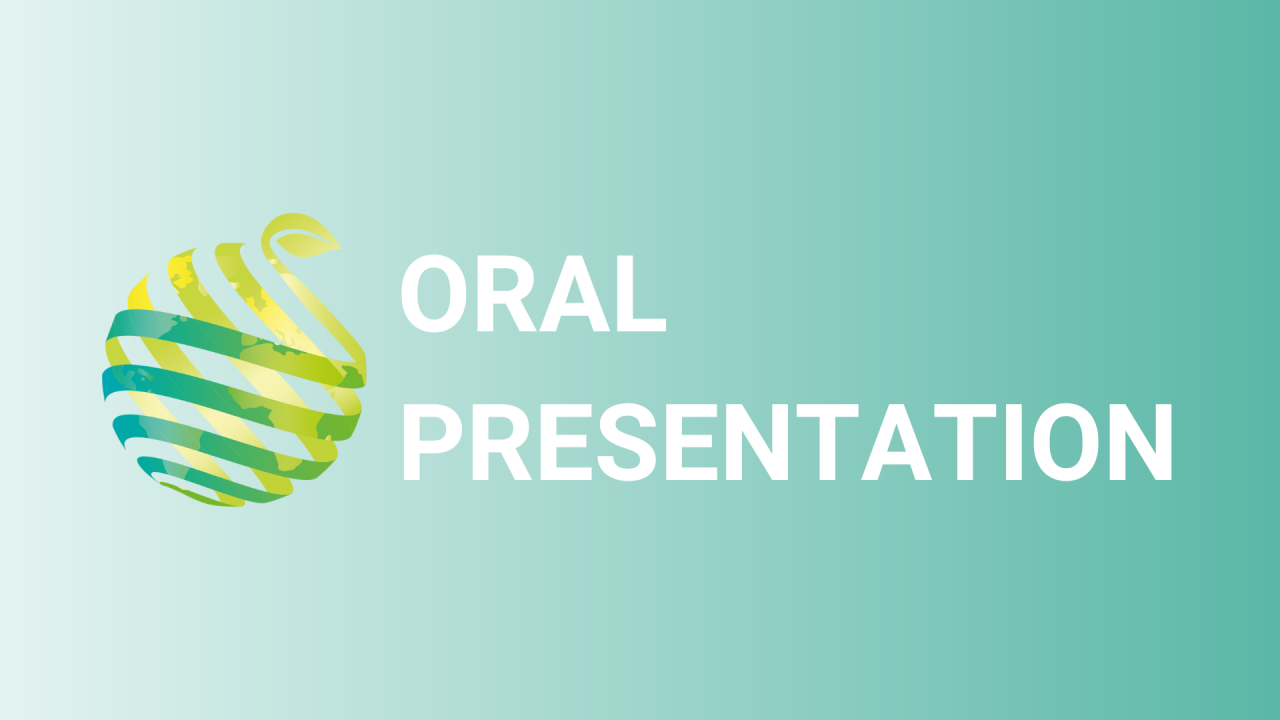

S08 - Session O2 - Estimation of optimal ultraviolet a intensity and wavelength for production of the pharmaceutical drug components, vinblastine, contained in Catharanthus roseus (l.) g. don
Information
Authors: Tatsuki Hanyu *, Keiko Ohashi-Kaneko
Vinblastine (VBL) contained in Madagascar periwinkle is used as a raw material for anticancer agents. Previous our studies have shown that 5 W m -2 UVA irradiation to the leaves increased the VLB content. The purpose of this study is to estimate for the optimal UV-A light intensity and wavelength that highly produces the VLB. Two cultivars of white ('Taitan') and purple flowers ('Black-berry') were grown hydroponically in an environmentally controlled room with a 16-h light period and under temperature of 23℃ and a photosynthetic photon flux density of 100 μmol m ⁻ 2 s ⁻ 1 underwhite light from fluorescent lamps. The youngest fully expanded leaves at 45 d after sowing were cut off and floated in pure water in a petri dish, and then UV light with different wavelengths (280 to 405nm) at 5 W m -2 or with different light intensities (5 to 150 W m⁻²) at 385 nm was irradiated from directly above for 5 days. These UV-A irradiations were performed by supplementing 100 μmol m ⁻ 2 s ⁻ 1 white light from the fluorescent lamps. In Titan leaves, the VLB were accumulated by UV-A irradiation at 365 nm and 385 nm at 5 W m -2 , and these contents were 802 μg gDW⁻¹ and 763 μg gDW⁻¹, respectively. At 385 nm, the VLB content increased with an increase in UV-A intensity until 50 w m - ², but the VLB content at 150 w m - ² was 1/10 of that at 50 W m - ². In Black-berry leaves, at only 365 nm and 5 W m -2 a small amount of VLB was detected, and that content was 110 μg gDW⁻¹. These results suggested that the suitable wavelength for VLB production should be 365 nm UV light. We are currently conducting experiments with different light intensities of 365 nm and will report them.